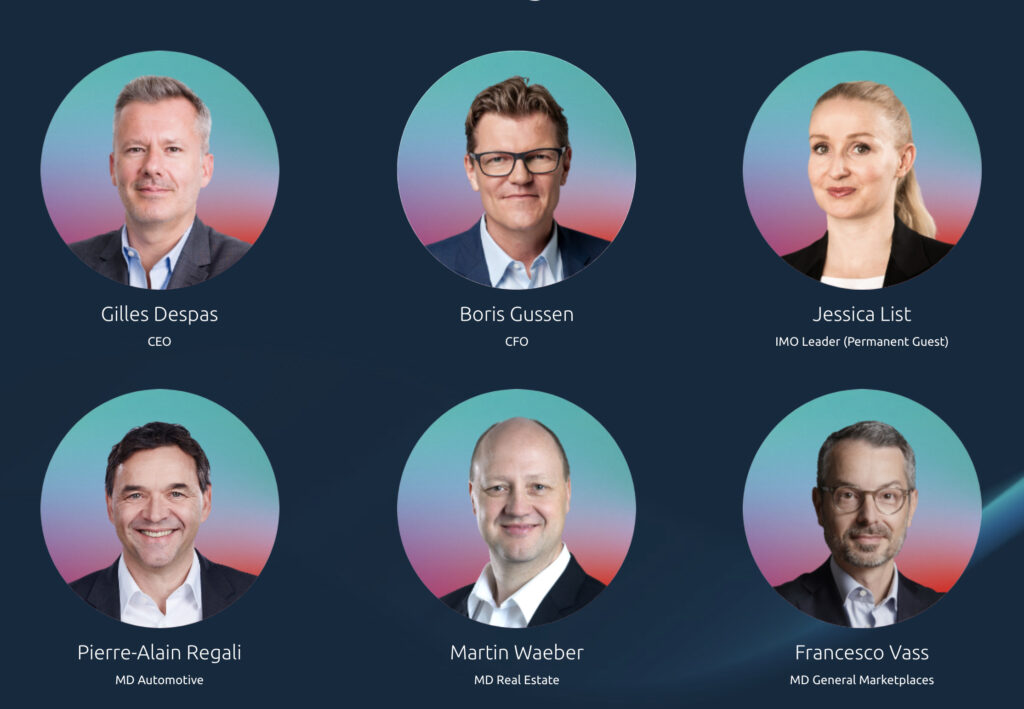Le mois de juillet se caractérise par une relative stabilité des loyers proposés sur le marché du logement. Au niveau national, ceux-ci n’ont augmenté que de 0,2 % le mois dernier. Toutefois, certains cantons ont été marqués par une forte augmentation, ce qui se reflète dans ce pourcentage. Dans le même temps, les loyers proposés ont baissé dans environ un tiers des cantons. C’est ce que montrent les chiffres actuels de l’indice des loyers de Homegate.
L’indice des loyers de Homegate est utilisé par la plateforme immobilière homegate.ch en collaboration avec la Banque cantonale zurichoise (BCZ). Il mesure les variations mensuelles des loyers après correction des facteurs qualitatifs pour les appartements nouvellement mis ou remis en location sur la base des offres actuelles du marché. Par rapport au mois précédent, l’indice a légèrement augmenté de 0,2 point en julliet et se situe désormais à 128,7 points (plus 0,2 %). Par rapport à l’année précédente, les loyers proposés dans toute la Suisse ont augmenté de 5,2 %.
Changement dans les cantons
En juillet, seuls les cantons d’Uri (plus 1,9 %), de Glaris (plus 0,8 %), du Tessin (plus 0,7 %) et de Thurgovie (plus 0,6 %) ont enregistré une hausse des loyers proposés de plus de 0,5 %. Dans les autres cantons, les loyers proposés n’ont en revanche que très peu changé ou ont même baissé le mois dernier, en particulier à Nidwald (moins 1,2 %). Parallèlement, au vu de l’évolution des douze derniers mois, les loyers proposés n’ont cessé d’augmenter en juillet. Les cantons de Schaffhouse (plus 9,4 %), de Zoug (plus 9,3 %) et de Glaris (plus 8,9 %) arrivent en tête.
Changement dans les villes
Dans les huit villes étudiées, les loyers proposés fluctuaient en moyenne de 2,5 % en juillet. Alors qu’ils ont enregistré une hausse notamment à Lugano (plus 1 %) et Zurich (plus 0,7 %), ils ont nettement baissé à Lucerne (moins 1,5 %) et Genève (moins 1,2 %). Malgré l’évolution de juillet, la ville de Lucerne affiche la plus forte augmentation des loyers proposés par rapport à l’année précédente (plus 8,1 %), suivie de Zurich (plus 7,9 %). Mais toutes les autres villes étudiées enregistrent également une hausse des loyers proposés par rapport à juillet 2023.
Méthode de correction des facteurs qualitatifs
L’évolution des loyers proposés en Suisse s’effectue après correction de divers facteurs liés à la qualité, à l’emplacement et à la taille des appartements. L’avantage de cette méthode dite hédoniste réside dans le fait que l’indice reflète ainsi l’évolution réelle des loyers des logements neufs et des logements à relouer sur Homegate. L’indice des loyers de Homegate est le plus ancien en Suisse à être apuré des facteurs de qualité et est considéré comme une source de référence pour les professionnels de l’immobilier pour déterminer le prix d’objets locatifs.

Fabian Korn
Communications Manager

